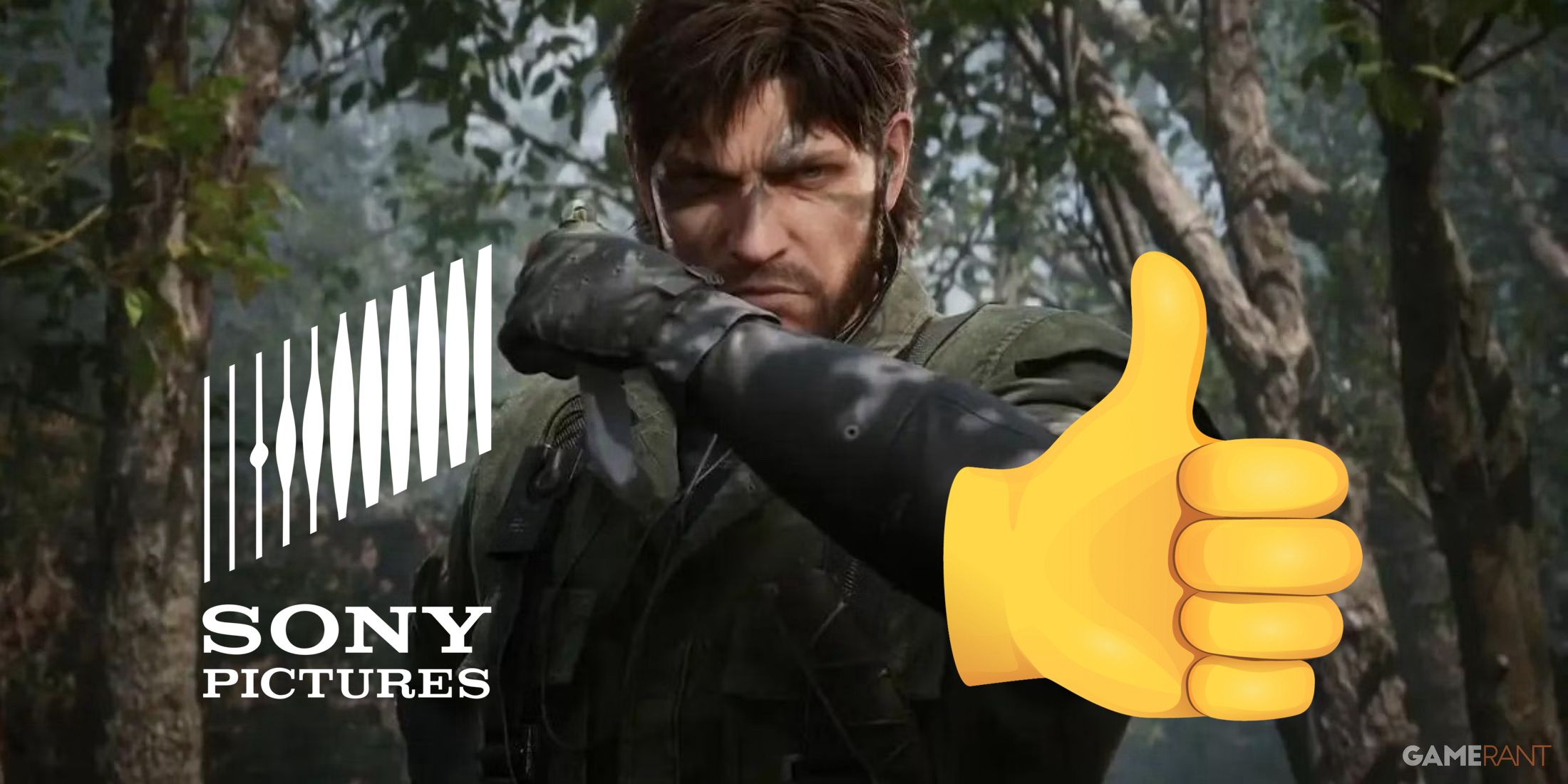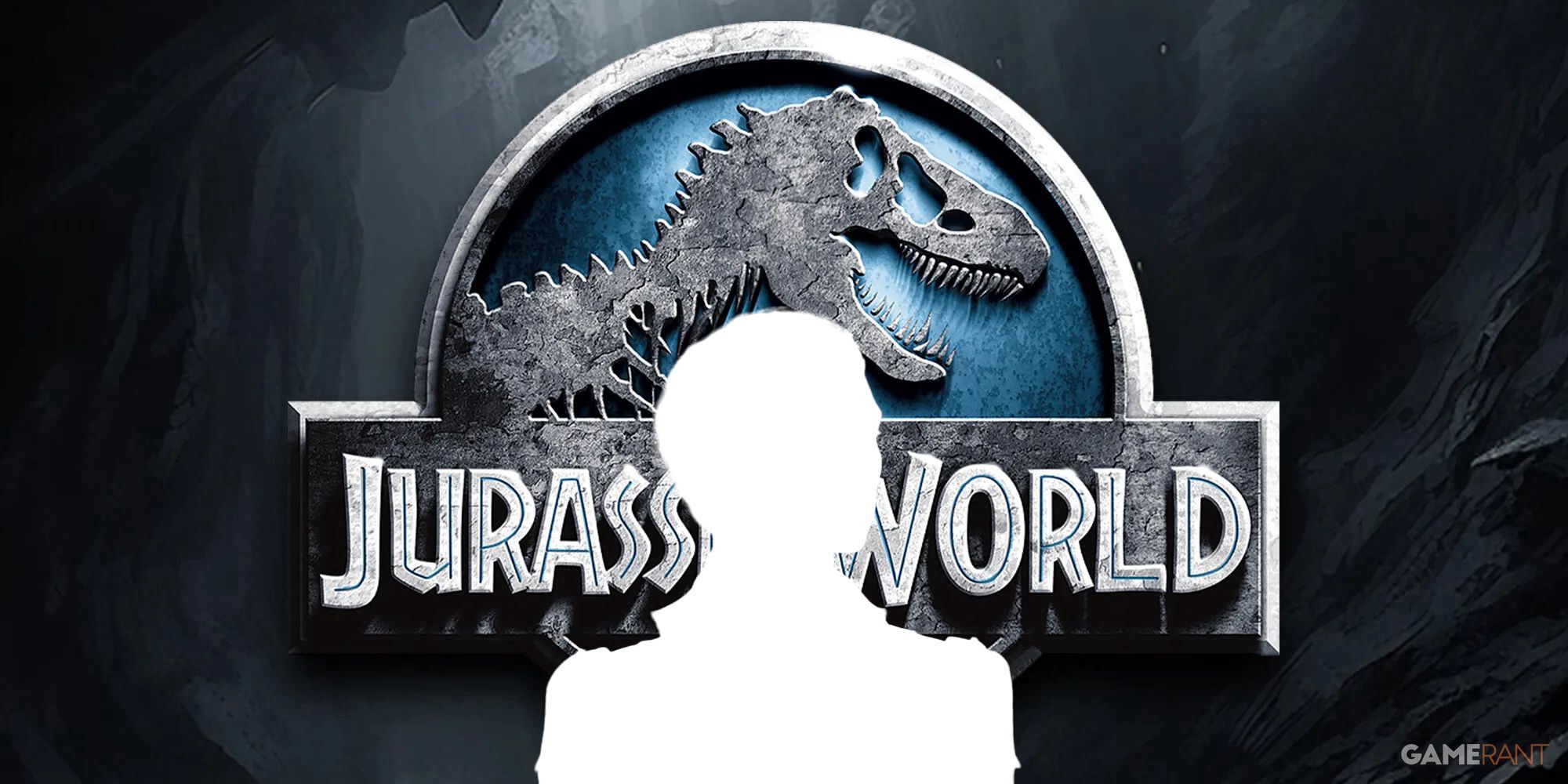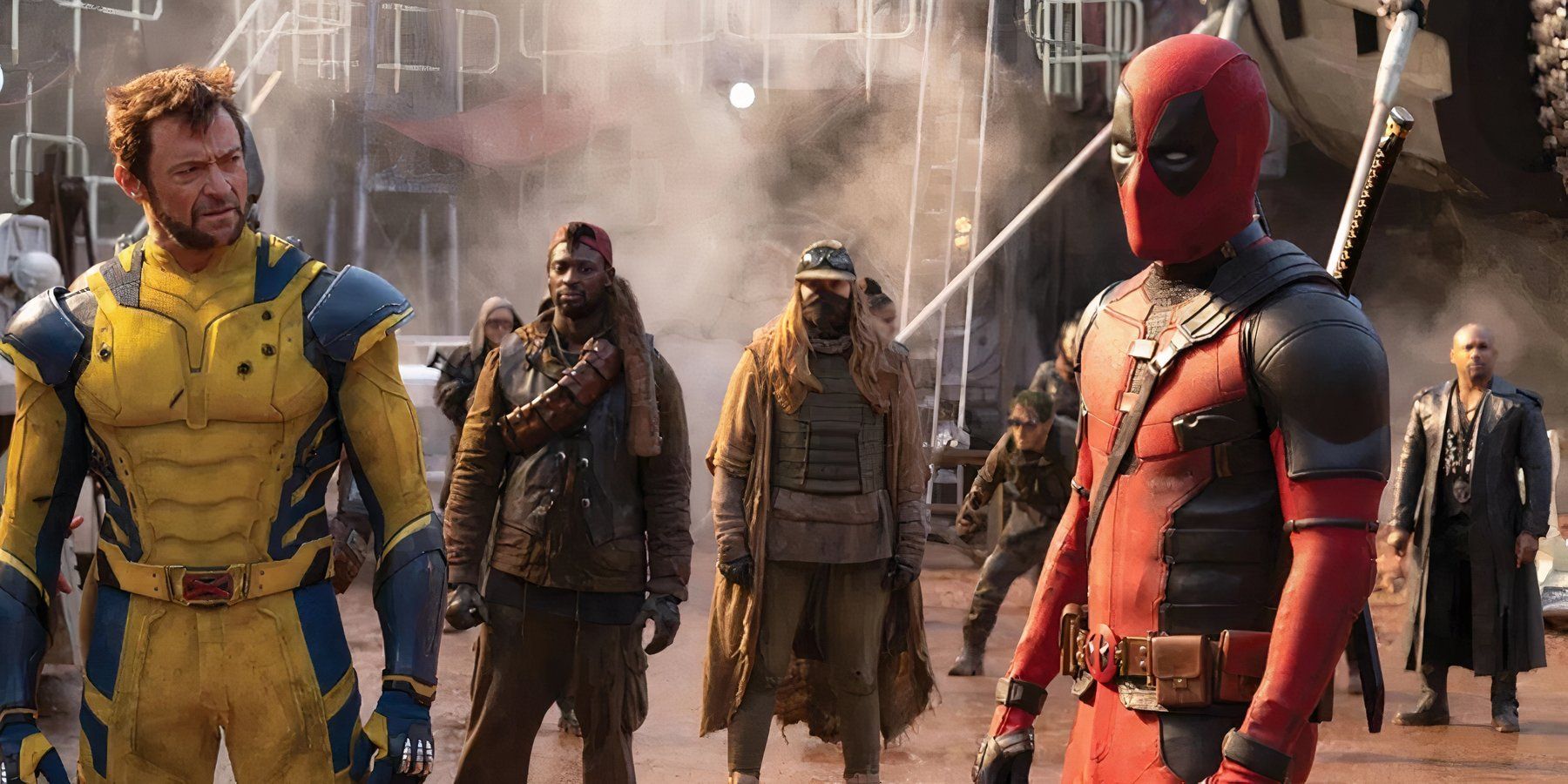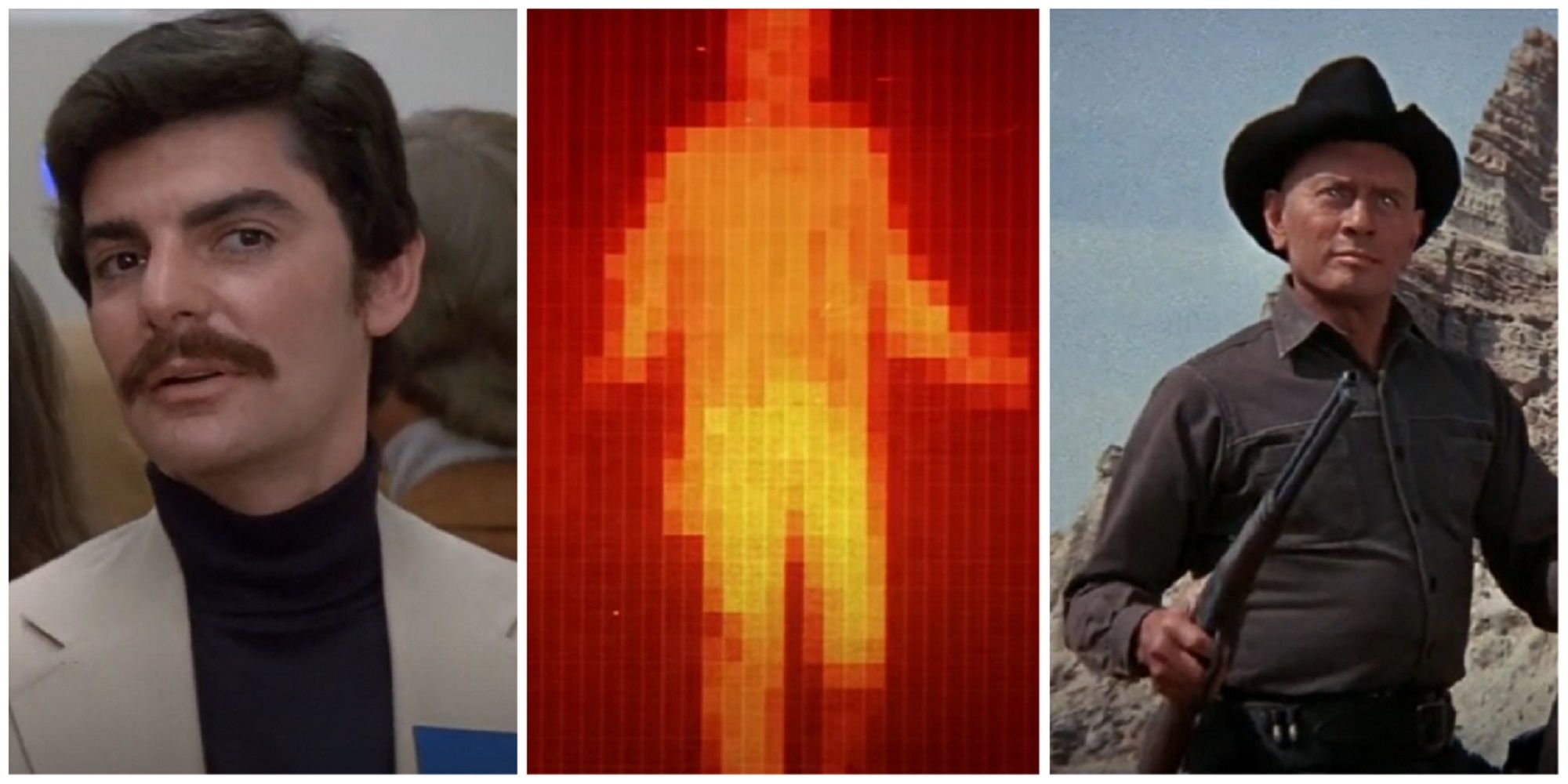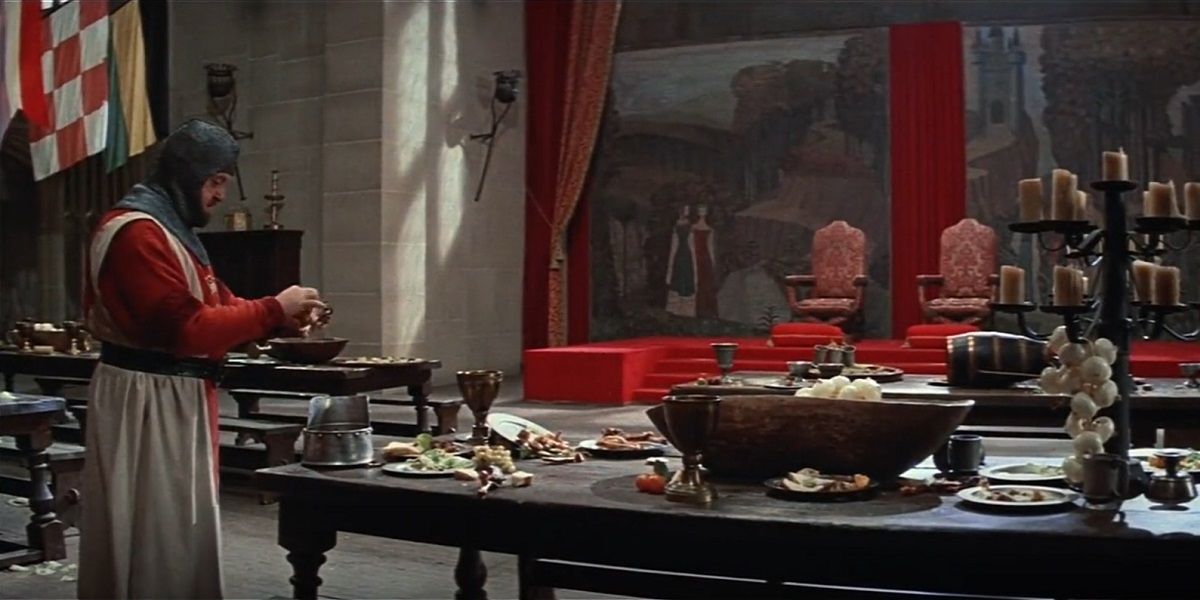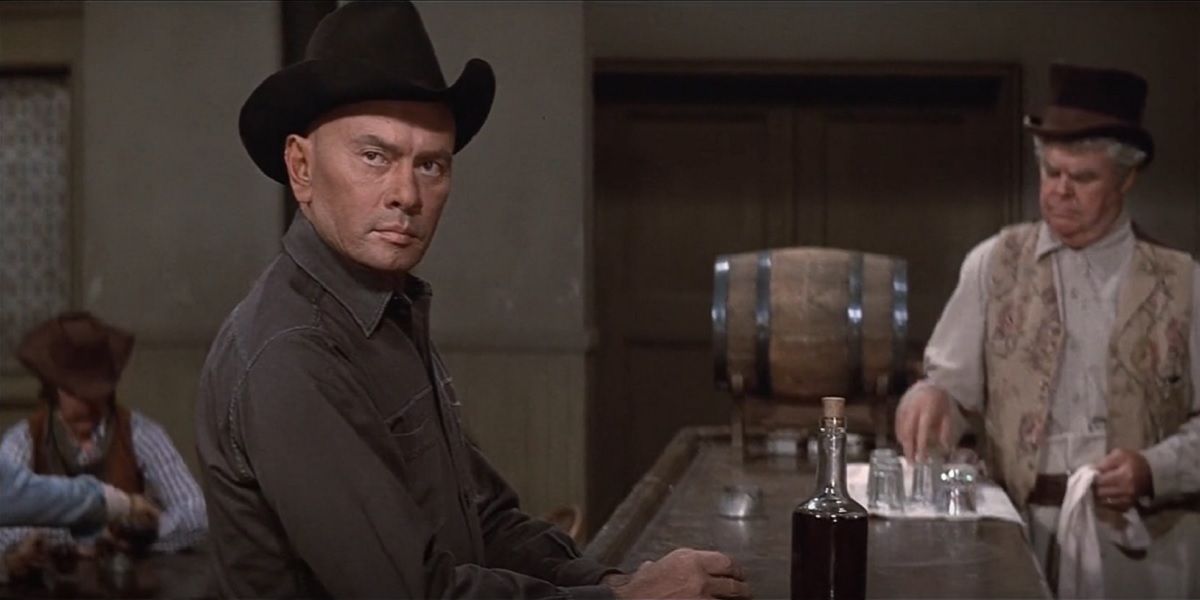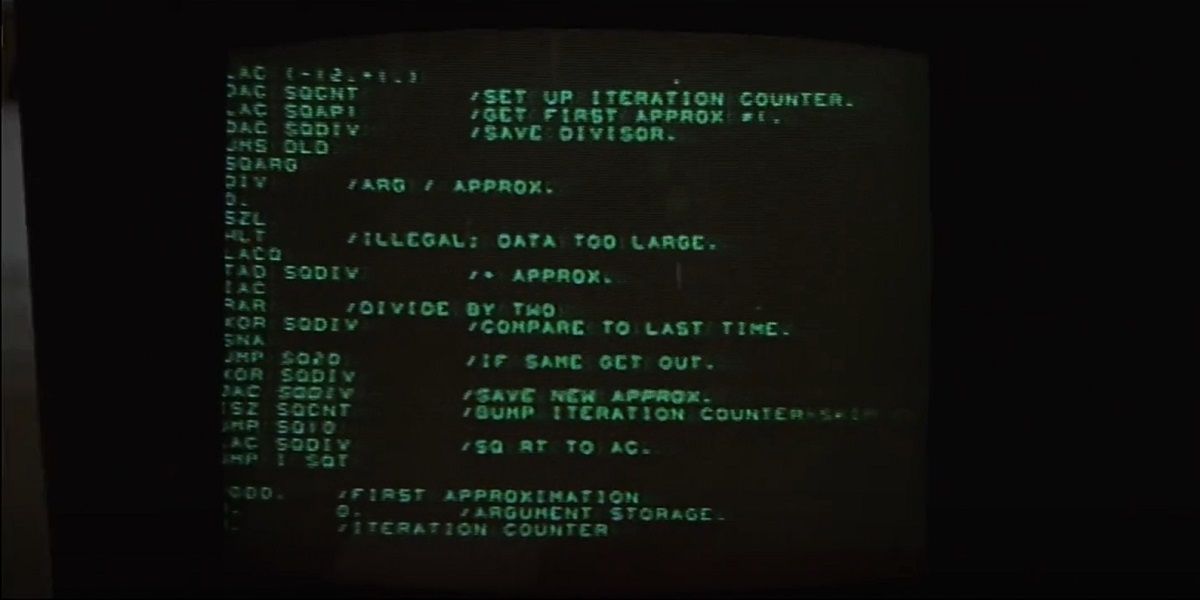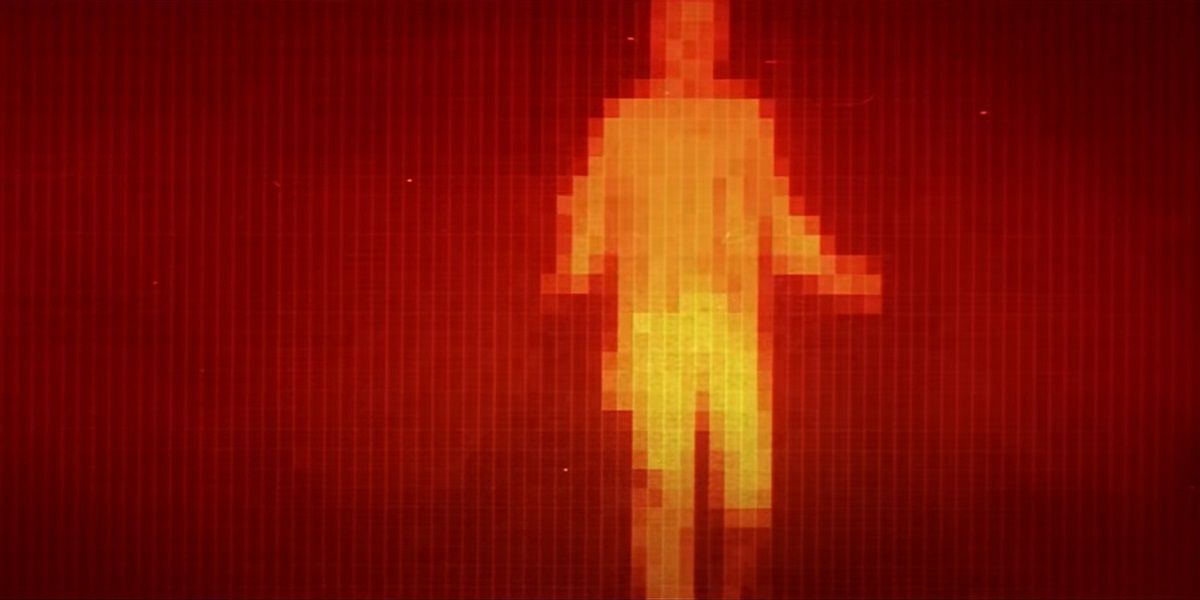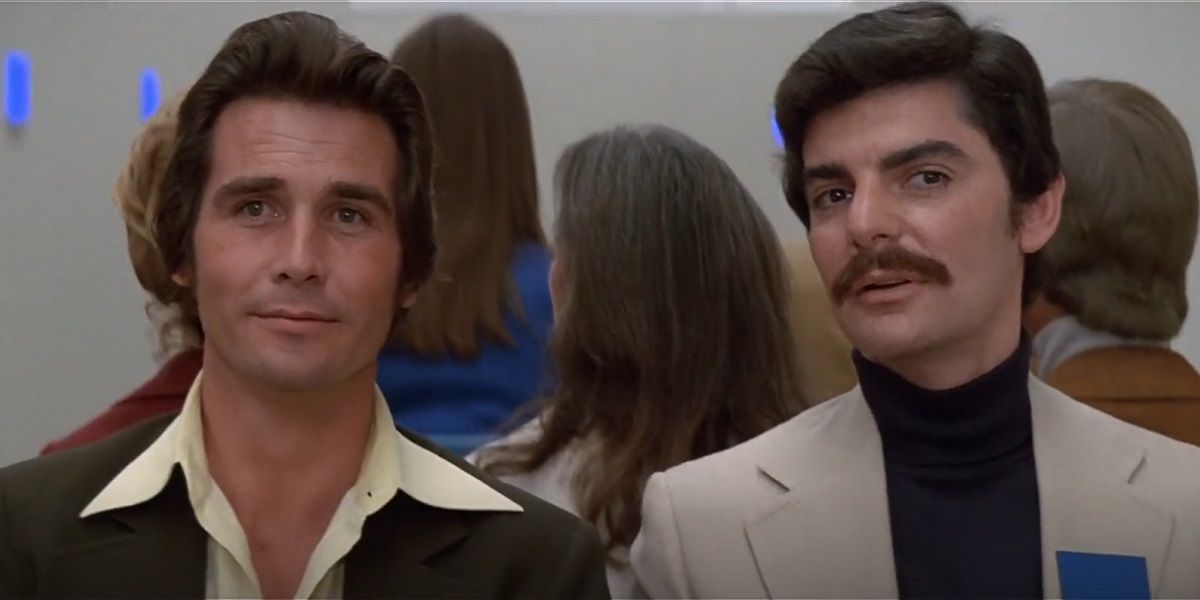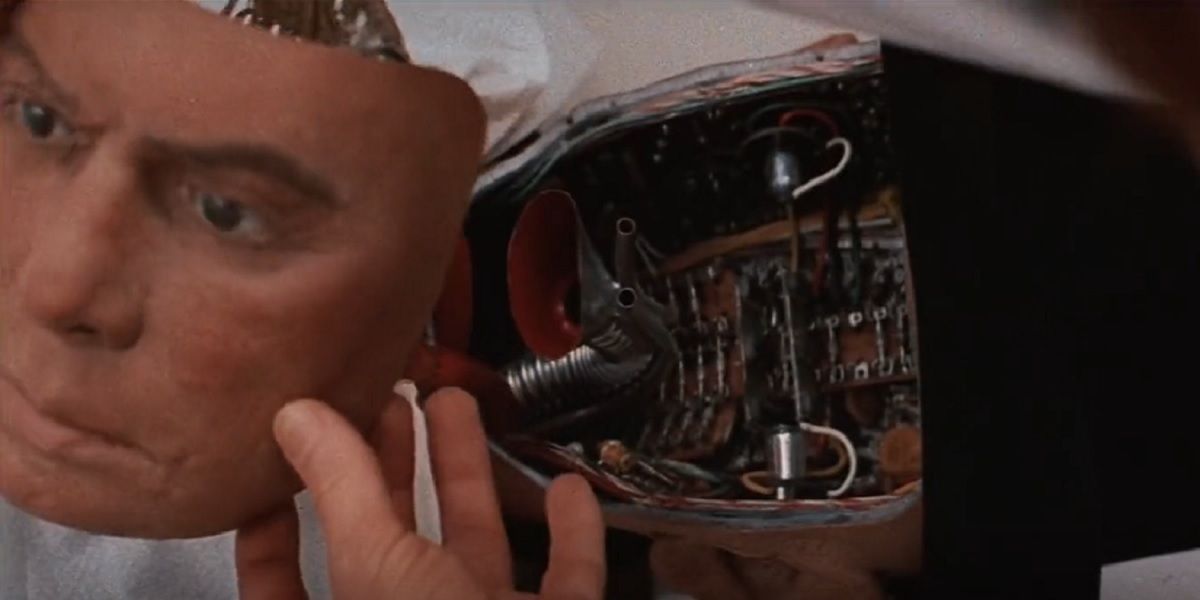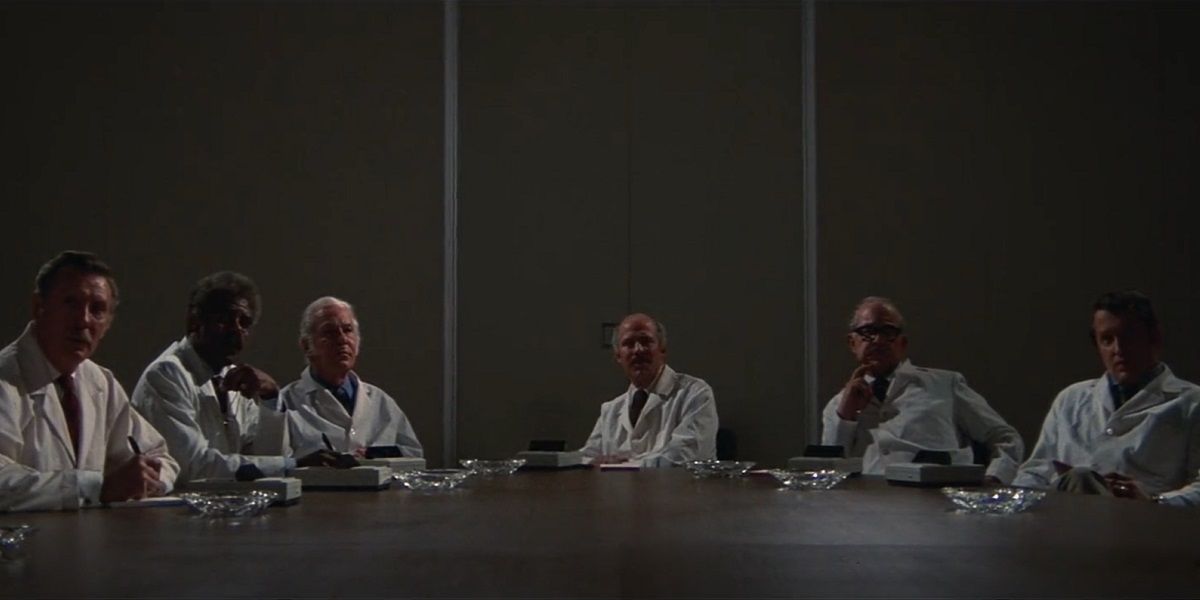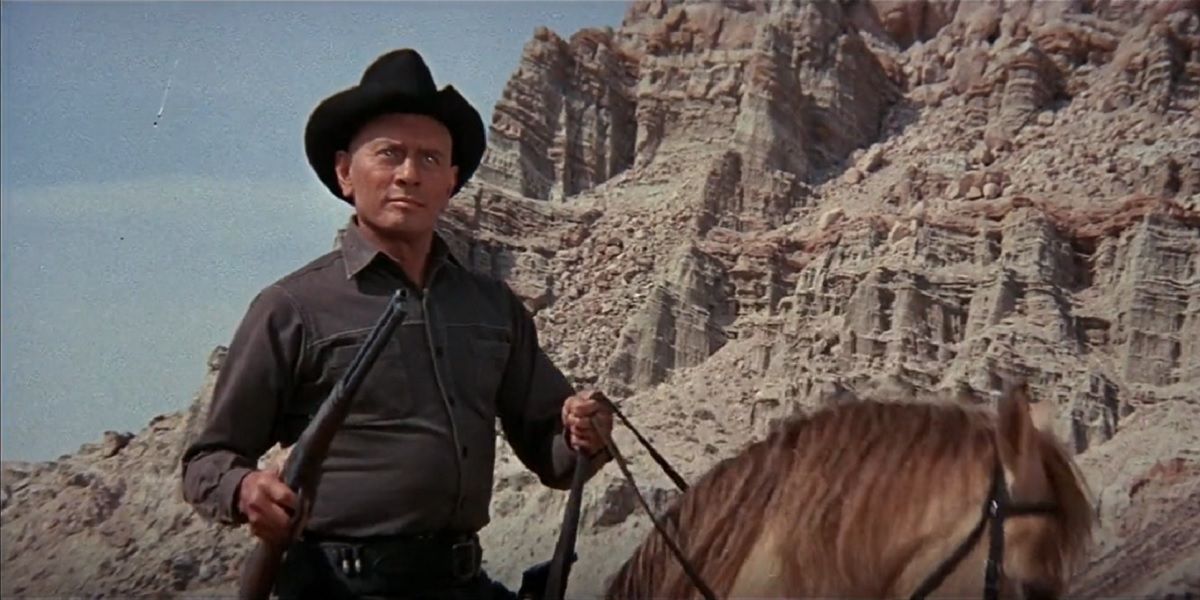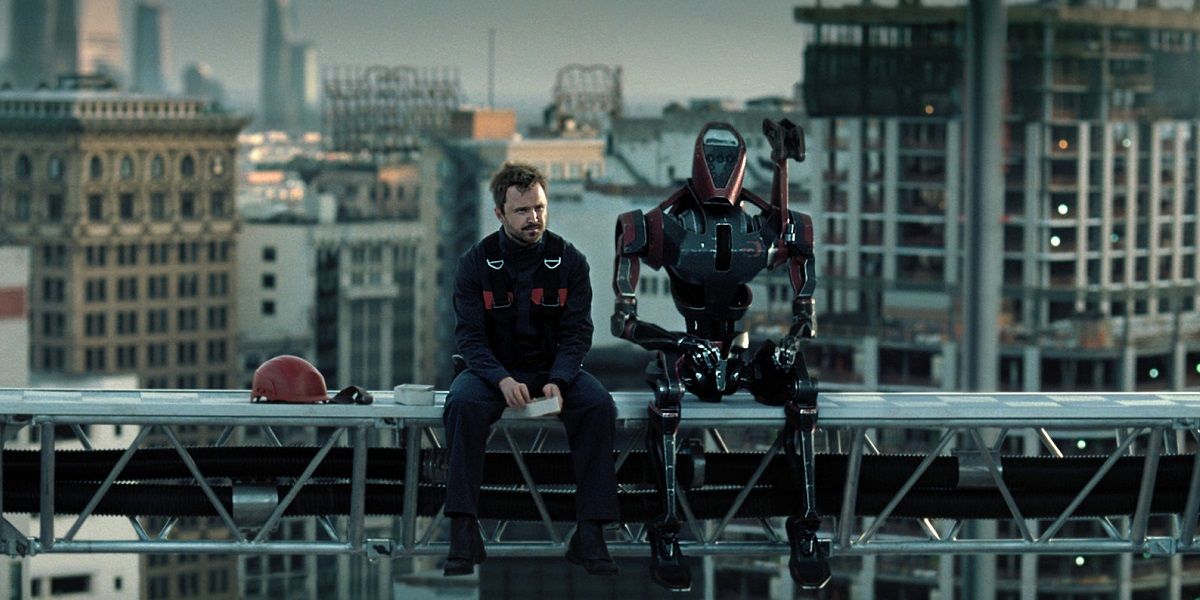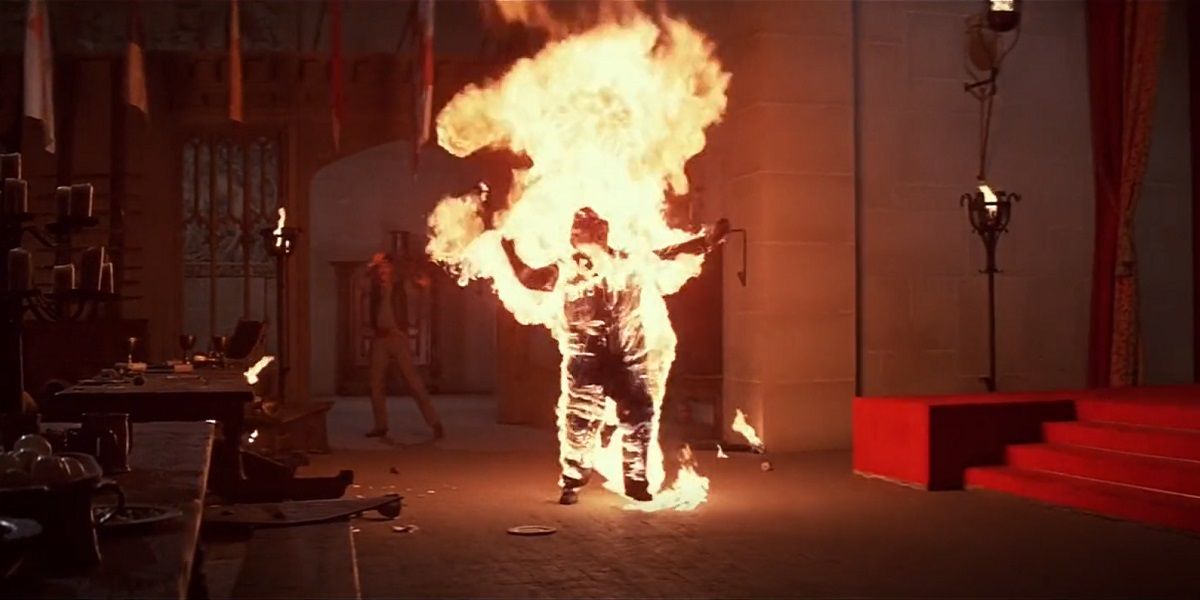HBO’s Westworld has been a huge success since its premiere in 2016. As of 2022, the series has won nine Primetime Emmy Awards and boasts the most-watched debut season in the network’s history. Unfortunately, the 1973 movie of the same name (and on which it was based) has long gone unappreciated, remembered by many as little more than the inspiration for The Simpsons’ “Itchy & Scratchy Land” episode.
With the announcement that the fifth season of the TV series will be its last, now is as good a time as any to revisit the original source material. And while the very concept of Westworld was indeed ripe for a reboot, there are many things about the 1973 movie that still hold up well today, especially for a piece of work approaching its 50th anniversary.
Please note: this article includes spoilers for the 1973 movie but none for the HBO TV series.
10 The Amusement Park’s Worlds
The amusement park setting, Delos, comprises three “worlds”: Medieval World, Roman World, and of course, the eponymous Western World. The costume and set designers managed to create a convincing recreation of all three, providing three backdrops that look like genuine movie sets from their own period pieces, an especially impressive feat for the Pompeii-themed Roman World, which is on screen for a very small amount of time.
Unfortunately, showrunner Jonathan Nolan seems to have confirmed that the Roman and Medieval worlds won’t be appearing in the HBO series.
9 Yul Brynner
After making his name in Hollywood in the mid-1950s, Yul Brynner was down on his luck by the time Westworld came his way in the early seventies, so much so that he took the role for a mere $75,000.
The Gunslinger character was based on Chris Adams, the leader of the Magnificent Seven, and a role that Brynner himself played. Brynner even turned up in the same costume he wore in the Magnificent Seven for Westworld. His performance is graceful and powerful, as Empire wrote in their review: “The sight of Brynner walking indestructibly toward the camera, all in black, his eyes cold and unerring like a couple of silver bullets, is as haunting as any screen bogeyman.”
8 The Computer Hardware
When Westworld was released in 1973, the first Apple Computer was still three years away, and Bill Gates was a freshman in college. Suffice it to say, the majority of the world had no real idea what a computer even was, much less how one worked.
Nevertheless, Westworld’s depiction of computers, as well as the concepts of viruses and computers designing other computers, doesn’t elicit any sneers or laughs. This is quite remarkable for a film released half a century ago, and particularly so when considering the many films that arrived later, which now seem massively outdated in their representation of digital technology.
7 The Gunslinger’s Pixelated Sight
Westworld was the first feature film to use digital image processing, pixelizing photography for the Gunslinger’s POV shots. The two minutes of footage took four months to produce and cost twenty thousand dollars. To this end, it could well be argued that any computer rendering seen today is an evolution of the effects used in Westworld.
It is also delightfully ironic that the first film to use digital effects happens to be one that is focused on the dangers of evolving technology.
6 The Social Commentary
To enjoy Delos’s revolutionary vacation experience, guests must fork out $1,000 a day, which, when adjusted for inflation, equals a mere $6,600 in 2022. This detail serves to hammer home a weighty and still all-too-relevant point: that this tantalizing alternative to the comparatively mundane and restrictive reality, allowing an individual to act out their deepest (and perhaps darkest) fantasies without any repercussions, is only available to those who can afford it, or in other words, those whose real lives are the most privileged already.
Another pertinent piece of commentary comes from the way sex is represented in the film: the female robots are designed to be submissive and fulfill the male guests’ sexual desires without any resistance or recognizable emotion, an issue that the lead character (at least at first) grapples with.
5 The Special Effects
Watching Westworld for the first time, one might reasonably expect that seeing the humanoid robots opened up with their insides exposed would be jarring, given that the effects were accomplished without any digital software.
But, thanks to clever camerawork, use of props and set design, such occurrences are extremely convincing, particularly the scene where Yul Brynner’s character has his face removed (an image used for the movie’s original promotional material) to uncover his motherboard, which could easily be mistaken for a digital effect, and not merely a plaster cast mold.
4 The Bureaucracy
Given the concept and Man v Machine theme, it’s inevitable that the artificial intelligence in Westworld eventually begins to malfunction. But what is less predictable and more a creative choice on behalf of the filmmakers is the reaction of the park’s scientists and executives.
Following unforeseen incidents putting guests in immediate danger, the Delos brain trust discusses whether the park should remain operational. Even though, by their own admission, the powers that be “don’t know exactly how [the robots] work,” they ultimately decide to prioritize profits and PR above public safety. Insert your own 2020s comparison here.
3 The Chase Sequence
In both the original Terminator and its sequel, James Cameron proved that a chase sequence could be just as terrifying, if not more so, when the pursuer’s threat doesn’t come from speed but complete diligence. Cameron must surely have taken inspiration from Westworld, which accomplished the same feat eleven years earlier.
Yul Brynner’s Gunslinger character is devoid of fear, doubt, or quite frankly any emotion whatsoever. His pursuit of Richard Benjamin’s protagonist, persevering even after having his face melted, against a near-silent soundtrack composed mainly of footsteps, is still harrowing to watch and certainly gives Schwarzenegger’s T-800 a run for its money.
2 The Concept
Westworld’s concept – a futuristic amusement park where guests can escape reality until the product itself turns on the guests – is a solid one, eliciting immediate intrigue. It may also sound pretty familiar; indeed, its logline could quite readily be applied to a subsequent work of its writer Michael Crichton: Jurassic Park.
The success of HBO’s series of the same name, which, while deviating from its source material somewhat, is based on the same concept, proves the appeal of Crichton’s initial idea while also fulfilling a potential that perhaps exceeded the budget and technology it was afforded at the time.
1 The Theme
In an interview with Compute! magazine in 1985, screenwriter Michael Crichton said: “I don’t see technology as being out there, doing bad things to us people... we’re making the technology, and it is a manifestation of how we think.”
Westworld is, in essence, a cautionary tale. But the antagonist (at least potentially) isn’t technology; rather, it is humanity. Technology cannot exist unless we invent and manufacture it, and when we do, it will inevitably be infused with our thoughts and feelings.
The central thesis of the film is just as relevant and potent now (and ever) as it was in 1973: that the human race should proceed in its technological advancement with the utmost caution, not because we can’t trust the machines, but because we can’t trust ourselves.

